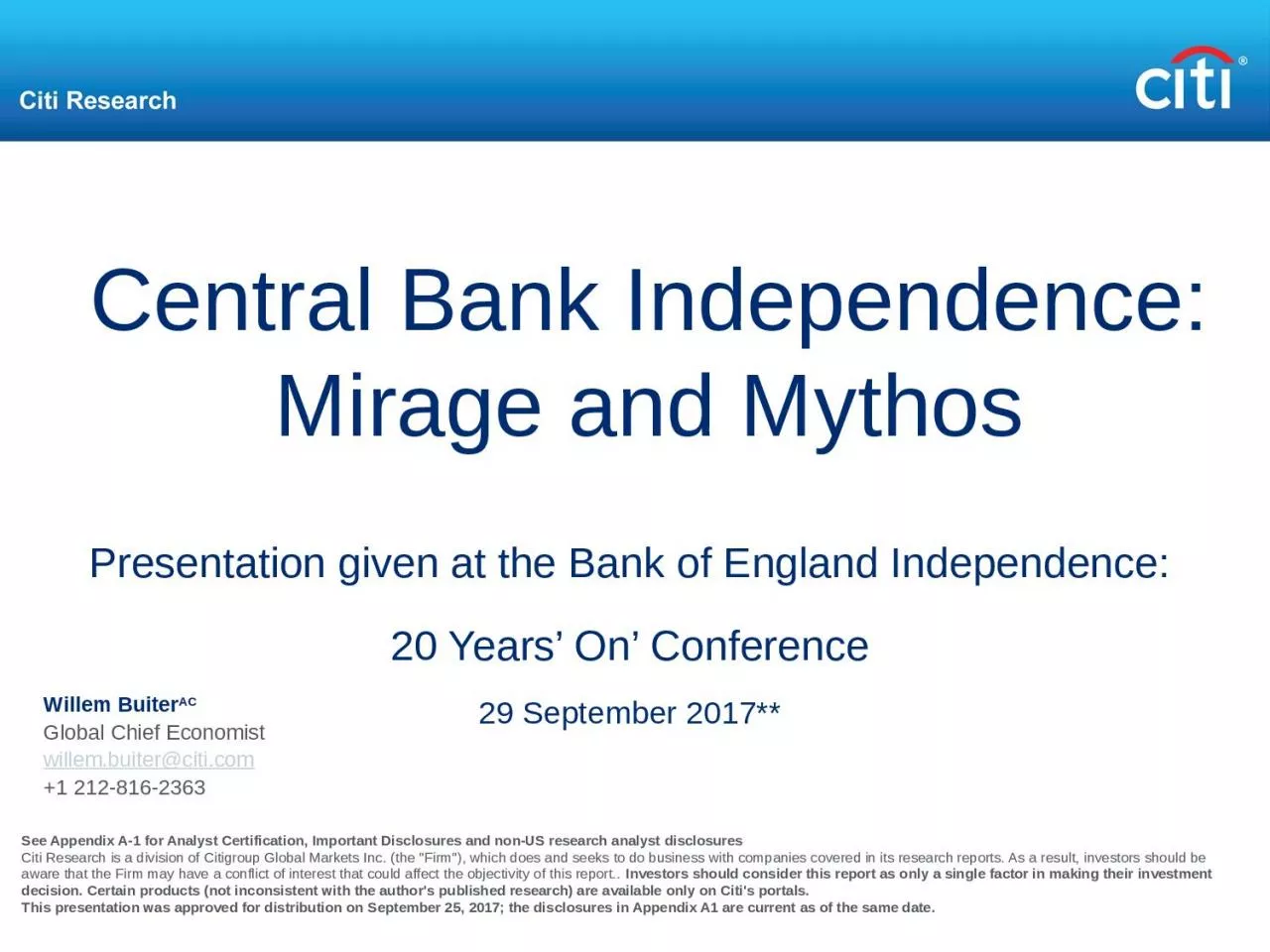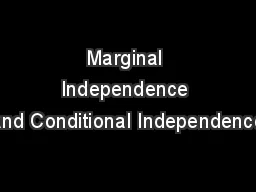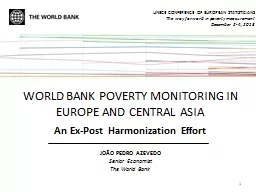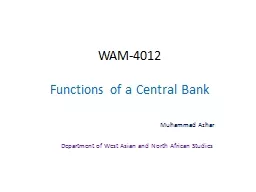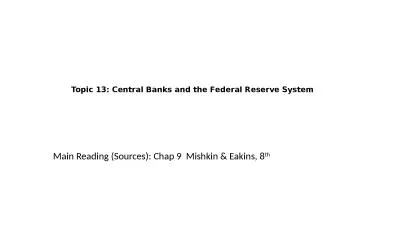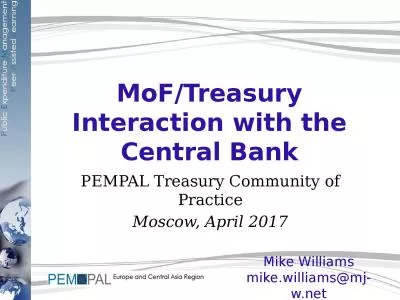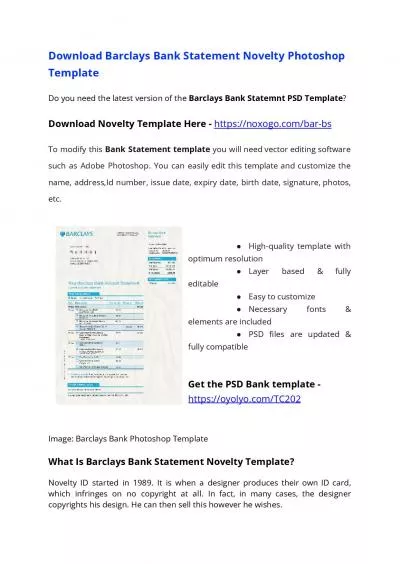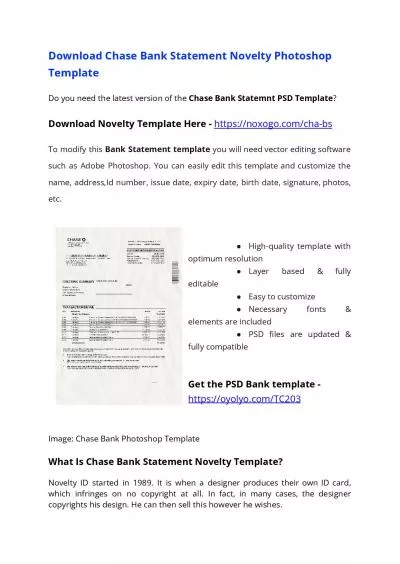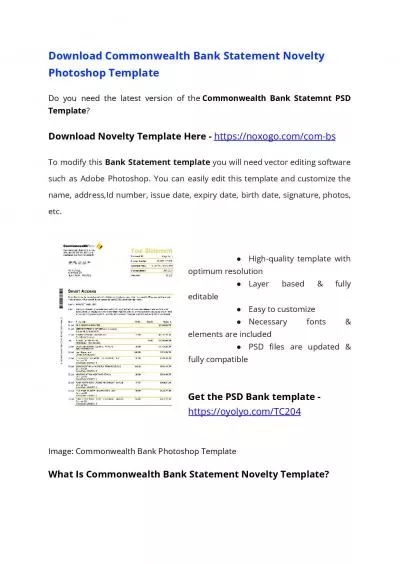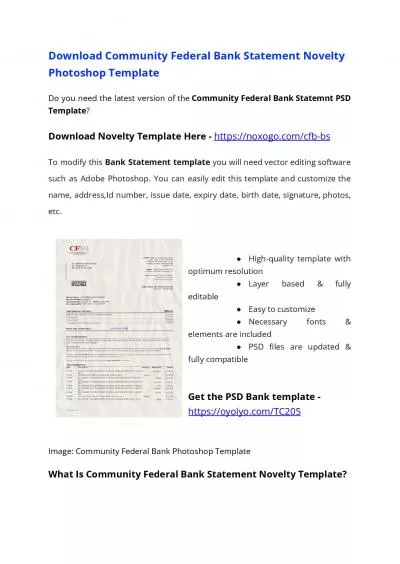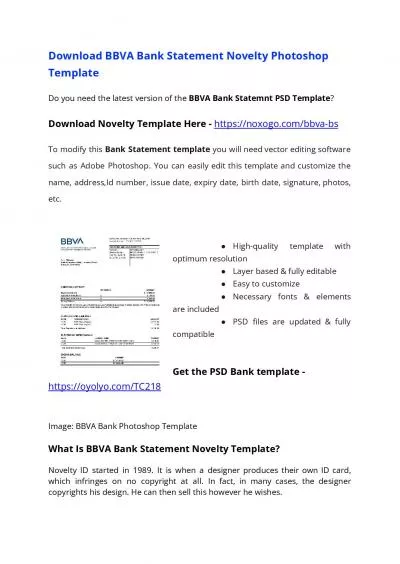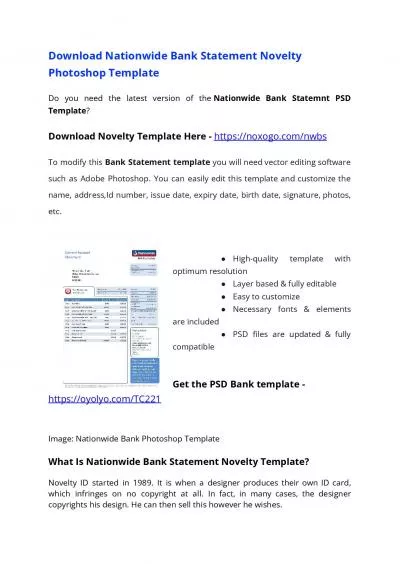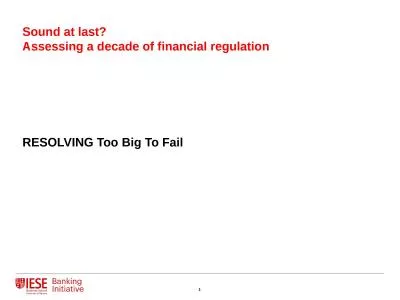PPT-E6XYB6412478 Central Bank Independence:
Author : audrey | Published Date : 2024-01-29
Mirage and Mythos Presentation given at the Bank of England Independence 20 Years On Conference 29 September 2017 See Appendix A1 for Analyst Certification Important
Presentation Embed Code
Download Presentation
Download Presentation The PPT/PDF document "E6XYB6412478 Central Bank Independence:" is the property of its rightful owner. Permission is granted to download and print the materials on this website for personal, non-commercial use only, and to display it on your personal computer provided you do not modify the materials and that you retain all copyright notices contained in the materials. By downloading content from our website, you accept the terms of this agreement.
E6XYB6412478 Central Bank Independence:: Transcript
Download Rules Of Document
"E6XYB6412478 Central Bank Independence:"The content belongs to its owner. You may download and print it for personal use, without modification, and keep all copyright notices. By downloading, you agree to these terms.
Related Documents

